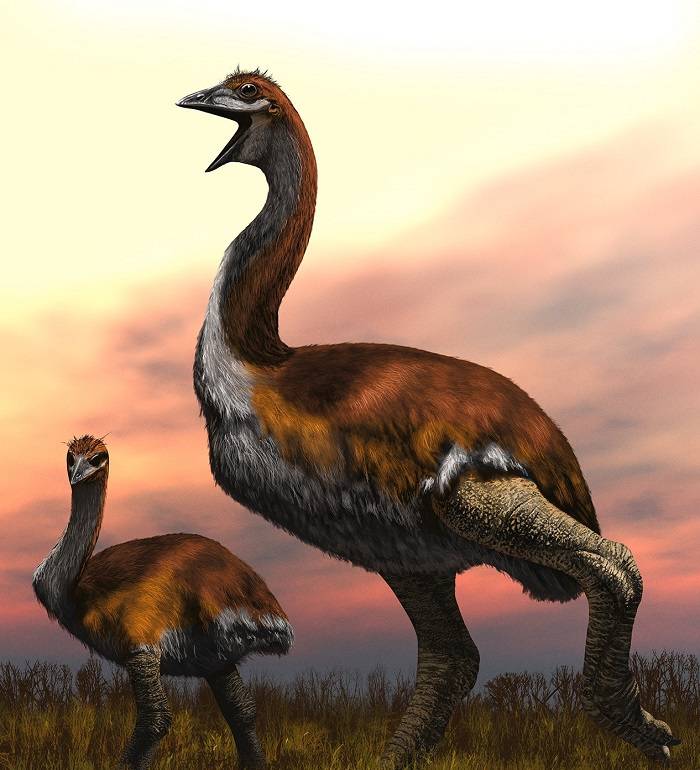In the vast and diverse tapestry of the avian world, there exists a category of birds that truly captures the imagination – the giants. These majestic creatures, with their impressive wingspans, towering heights, and commanding presence, have long fascinated humans and inspired awe and wonder. In this comprehensive exploration, we embark on a journey to unravel the mystery of the world’s largest birds, delving into their biology, habitats, behaviors, and the unique adaptations that have allowed them to soar to such impressive proportions.
Introduction: In Search of Avian Giants
As we gaze up at the boundless skies above, it’s hard not to marvel at the sheer diversity and beauty of the avian creatures that inhabit our planet. From the delicate hummingbird to the mighty eagle, birds come in all shapes and sizes, each adapted to thrive in its own unique environment. But for those of us drawn to the grandeur and majesty of the largest birds, there is a special sense of wonder and fascination – a desire to understand and appreciate the incredible feats of nature that have produced such magnificent creatures.
The World’s Largest Birds: An Overview
When it comes to determining the title of the world’s largest bird, there are several contenders vying for the top spot, each with its own impressive size and stature. Among the most notable are:
- The Ostrich: Known for its towering height and powerful legs, the ostrich is the largest living bird on Earth, standing up to 9 feet tall and weighing as much as 350 pounds. Native to the savannas and deserts of Africa, the ostrich is renowned for its speed and agility, capable of reaching speeds of up to 45 miles per hour.
- The Emu: Native to Australia, the emu is the second-largest living bird species, reaching heights of up to 6.2 feet and weighing as much as 130 pounds. With its distinctive plumage and long, powerful legs, the emu is well-adapted to the arid landscapes and open plains of its native habitat.
- The Southern Cassowary: Found in the rainforests of New Guinea and northern Australia, the southern cassowary is one of the largest and heaviest bird species in the world, with males standing up to 6.6 feet tall and weighing as much as 130 pounds. Known for its striking blue and black plumage and distinctive helmet-like casque, the cassowary is a formidable presence in its forest habitat.
Adaptations for Size: How Birds Became Giants
The evolution of large body size in birds is a fascinating story of adaptation and survival, shaped by millions of years of evolutionary history and environmental change. While the exact reasons for the gigantism seen in some bird species are still not fully understood, scientists believe that a combination of factors, including abundant food resources, reduced predation pressure, and favorable environmental conditions, may have played a role in driving the evolution of larger body sizes. Additionally, the unique anatomical features of giant birds, such as robust skeletons, powerful muscles, and efficient respiratory systems, have allowed them to thrive in their respective habitats and fulfill their ecological roles as apex predators or dominant herbivores.
The Role of Giants in Ecosystems: Guardians of the Wild
As apex predators or dominant herbivores, giant birds play a crucial role in shaping the ecosystems in which they live. By controlling populations of prey species, shaping vegetation through feeding and nesting behaviors, and redistributing nutrients through their movements and migrations, giant birds help to maintain the balance and resilience of their respective ecosystems. In some cases, they may even act as keystone species, exerting a disproportionate influence on the structure and function of entire ecosystems.
Conservation Challenges and Efforts: Protecting the Giants
Despite their impressive size and stature, many of the world’s largest birds are facing significant conservation challenges, including habitat loss, poaching, and human-wildlife conflict. In response to these threats, conservation organizations, governments, and local communities are working together to protect and preserve giant bird species and their habitats. These efforts include habitat restoration initiatives, anti-poaching patrols, public education campaigns, and community-based conservation programs aimed at promoting coexistence between humans and birds.
What Is The Biggest Bird
In conclusion, the world of avian giants is a realm of awe and wonder, where size and stature are matched only by the grace and beauty of these magnificent creatures. From the towering ostrich to the majestic cassowary, giant birds inspire us to marvel at the wonders of nature and to appreciate the intricate web of life that sustains us all. As we strive to protect and preserve these remarkable species for future generations, may we continue to find inspiration and solace in the presence of these avian giants, reminding us of the boundless beauty and diversity of life on Earth.




